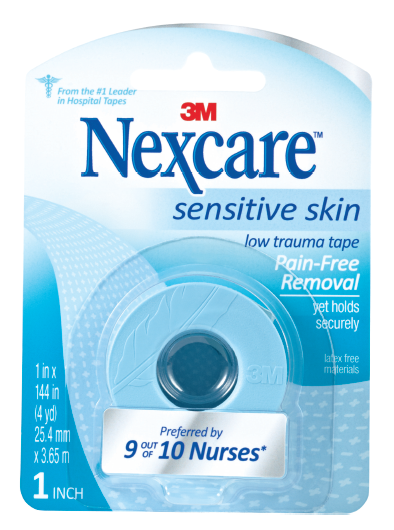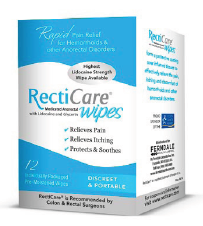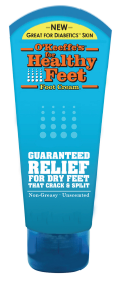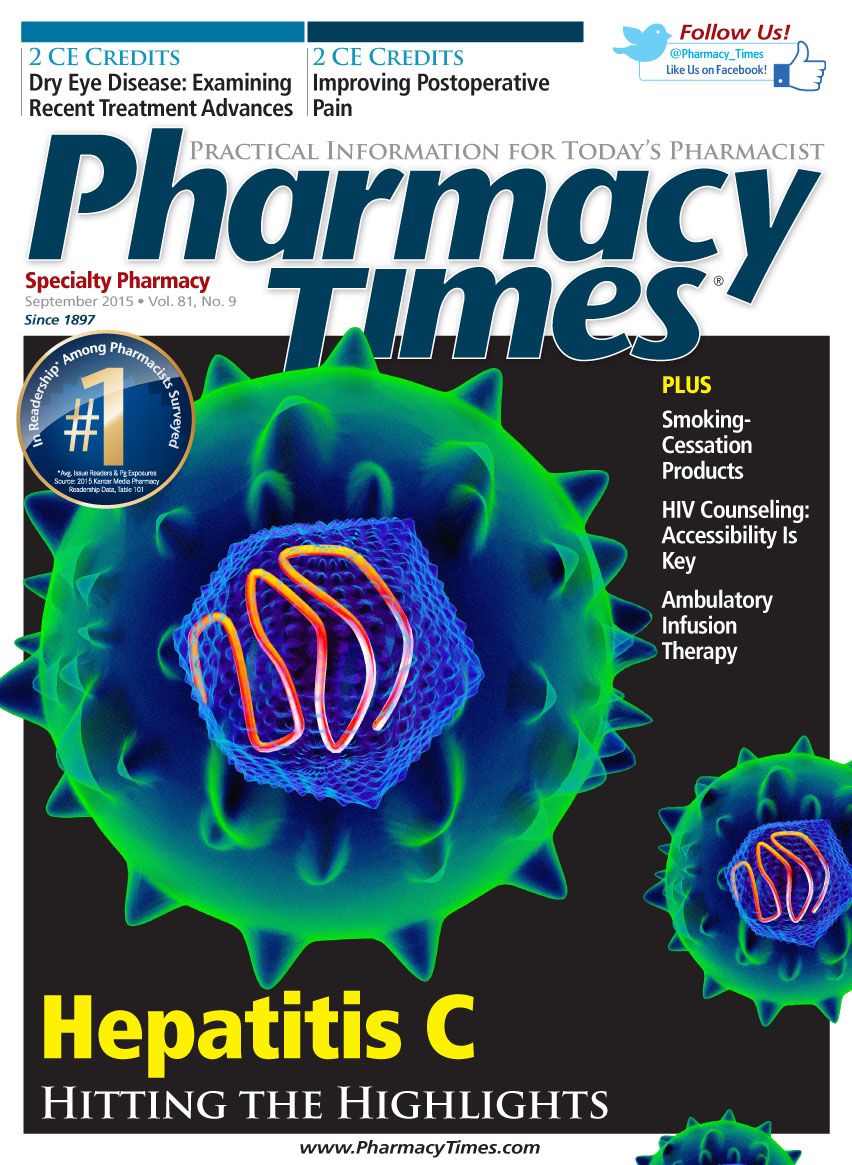Publication
Article
Pharmacy Times
OTC Product News (September 2015)
Read about the new OTC Products featured in September.

3M
3M’s new Nexcare Sensitive Skin Tape is a long-term adhesive with clean, pain-free removal. It is designed to be ideal for postsurgery gauze applications and for individuals with fragile or sensitive skin, such as infants and the elderly. The tape is repositionable and tears easily by hand. The Tape is also water resistant and hypoallergenic.
For More Information: www.nexcare.com

Recticare Medicated Anorectal WipesMarketed by: RectiCare
RectiCare Medicated Anorectal Wipes contain lidocaine and glycerin to quickly relieve discomfort from hemorrhoids, anal fissures, itching, or anorectal abscesses by forming a protective coating over inflamed tissues. The wipes are individually wrapped and premoistened and are the highest-strength lidocaine wipes available.
For More Information: www.recticare.com

Tricalm Clinical Repair CreamMarketed by: Cosmederm Bioscience, Inc
Cosmederm Bioscience Inc has expanded its line of itch-relief products to include TriCalm Clinical Repair Cream. The product is designed for people who need daily hydration for dry, itchy skin related to sensitive skin or to eczema. It is formulated with ceramides, shea butter, hyaluronic acid, and other patented ingredients. Unlike steroid- based creams, TriCalm Clinical Repair Cream is not associated with causing skin thinning or discoloration.
For More Information: www.tricalm.com

O’Keeffe's for Healthy FeetMarketed By: O’Keeffe’s
O’Keeffe’s for Healthy Feet concentrated moisturizing formula is now available in a 3-oz tube. The foot cream is a formulation that contains a high concentration of glycerin to help draw in and retain moisture to relieve extremely dry, cracked feet. The cream should be applied to exfoliated skin before sleeping and after showering for maximum effect.
For More Information: www.okeeffescompany.com







